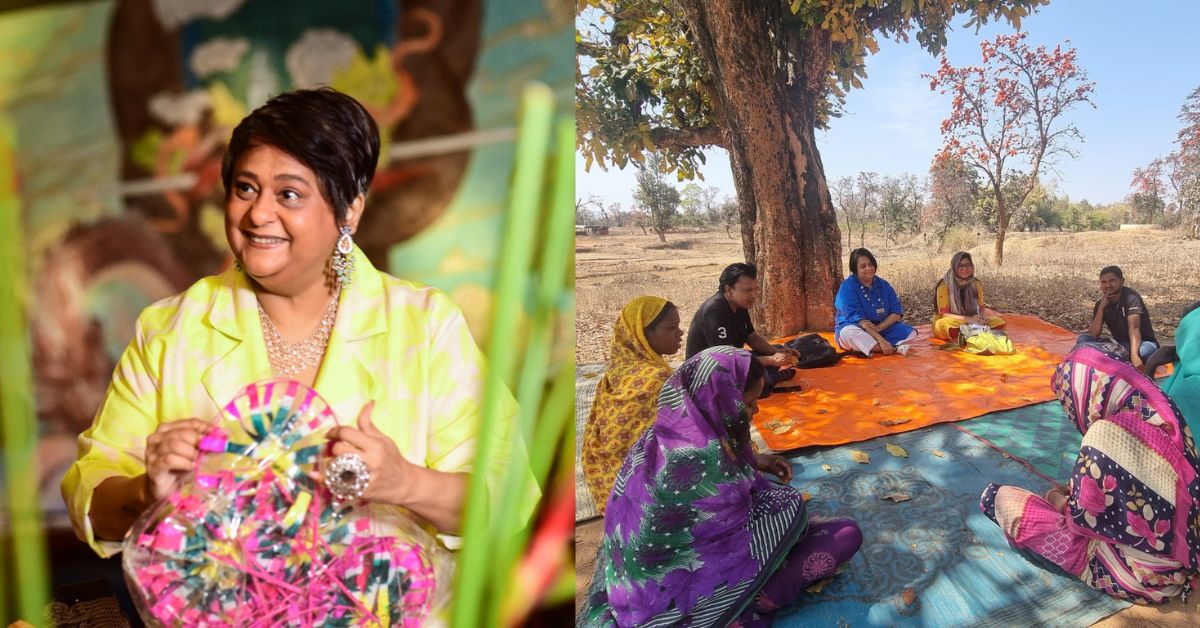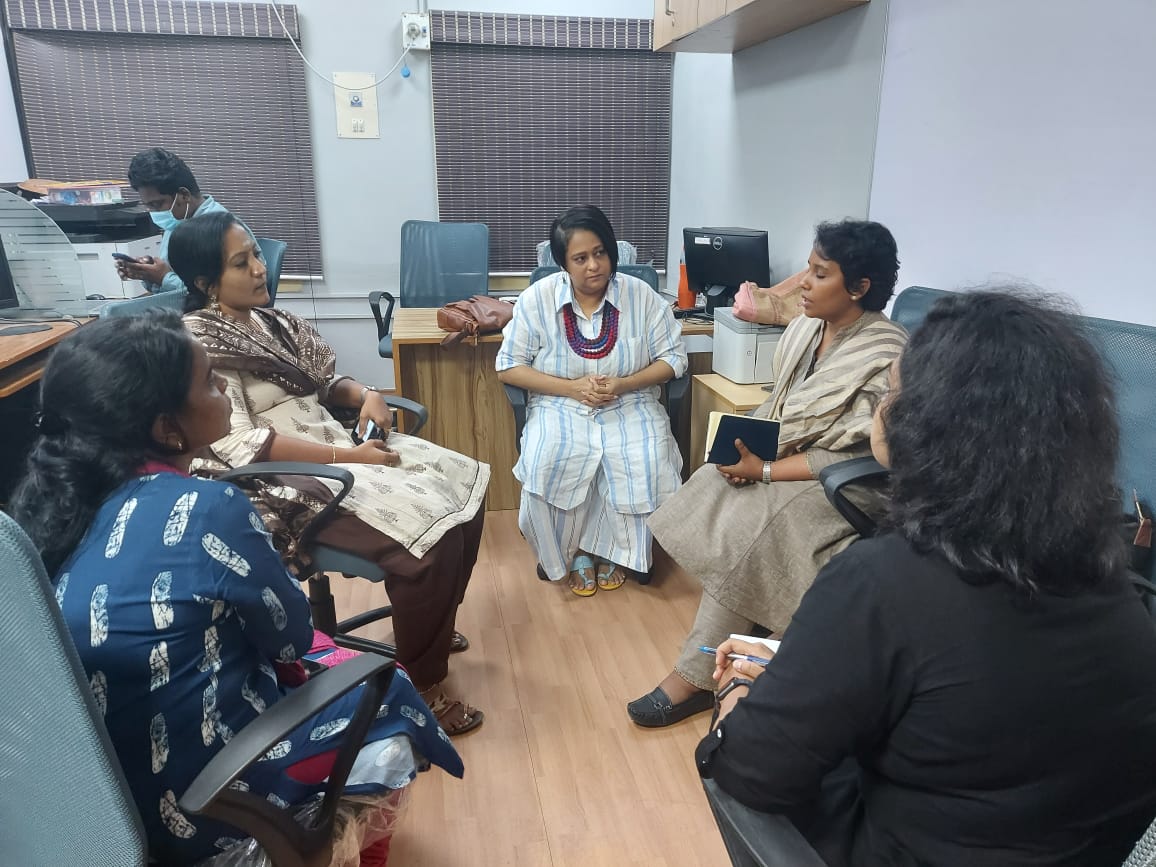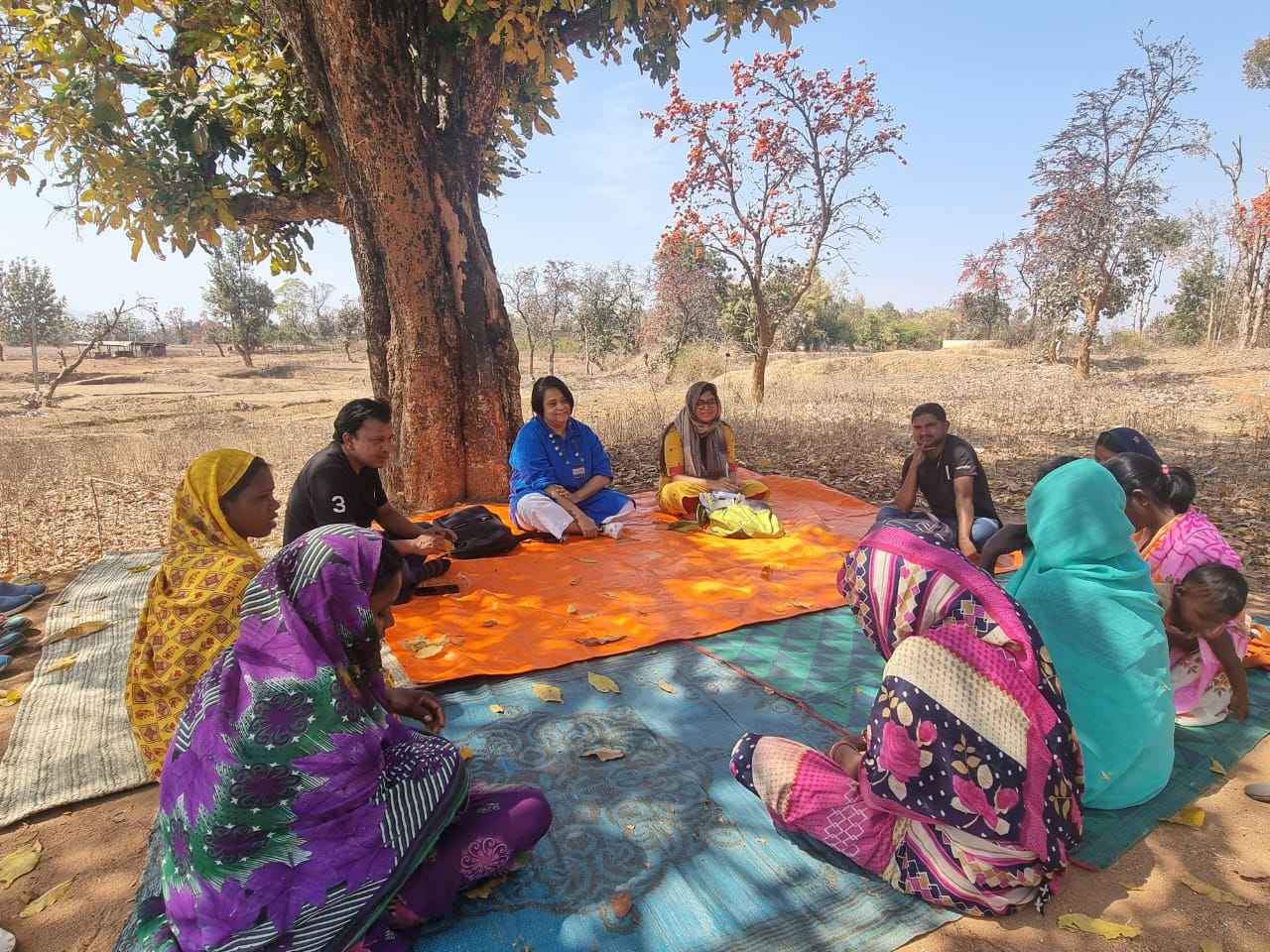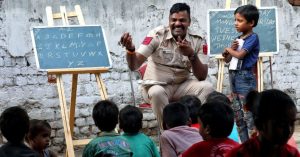What India Can Learn From TN & MP’s Policies to Build Inclusive Schools Across the Country
Sonali Saini and her organisation Sol’s ARC have worked with the governments of Tamil Nadu and Madhya Pradesh to implement several scalable, low-cost, and replicable policies for inclusive education. She explains why these could be key in transforming the early childhood care ecosystem.

This article was published in collaboration with EkStep Foundation.
Over 25 years of working in the field of inclusive education have made Sonali Saini privy to a glaring problem — it’s not that India lacks inclusive policies and frameworks. The issue is that there is a massive struggle when it comes to implementation.
She notes, “There’s a lot of talk on inclusion, but how do we make inclusive schools?”
Without inclusivity and subsequently good learning opportunities, India faces a grave problem when it comes to early childhood care and development. In fact, the National Education Policy (NEP) 2020 highlights that over five crore children currently in elementary school have not attained foundational literacy and numeracy. The current educational system is such, it adds, that once a student falls behind on this foundational learning, they tend to maintain a flat learning curve for years, perpetually unable to catch up.
For the last two decades, Sonali and her organisation Sol’s ARC have worked to understand this problem in depth. In 2003, she founded the non-profit to build inclusive education and livelihood solutions that use innovative tools to encourage better learning and life outcomes. They aim to make these solutions scalable, so they may be deployed through partnerships with stakeholders like other NGOs, the government, and so on.
“The journey has been about [figuring out] what an inclusive school looks like in a country like India, which doesn’t have very high resources, where even [procuring] crayons, chairs, tables is a big challenge,” Sonali explains in conversation with The Better India, adding that they have impacted four million children and young adults with their work.

A ‘lifespan approach’
What has been notable about Sol’s ARC’s work is its collaboration with state governments in Tamil Nadu and Madhya Pradesh to improve foundational literacy and inclusive education. These interventions serve as examples of how the reach and implementation of existing policies can be widened to impact lakhs of children.
In Madhya Pradesh, there is Project Ankur, which focuses on building Foundational Literacy (English) and Numeracy (Math) through an inclusive curriculum for teachers and students from Class 1 to Class 3. This has been done in collaboration with the Rajya Shiksha Kendra, the key department working towards the state FLN programme.
Sol’s ARC analyses that non-inclusive pedagogy, non-conceptual FLN frameworks, and low teacher capacities are some of the key reasons why India’s most vulnerable children are not learning as they should. Sonali notes, “When you look at [high-income] countries, their solutions were very high cost — assistive technology, accessible content…that may not be possible in a country like ours, which has low digital penetration. Moreover, the teacher ratio and the special educator ratios are abysmal,” she adds. Government data suggests that the teacher ratio has fallen from 43 in 2010-11 to 26.3 in 2020- 21.
Sol’s ARC, she says, focuses more on education outcomes, with the aim to subsequently increase livelihood opportunities. “We work on a lifespan approach because only working on education may not be sufficient. Even when we complete education, if the children are still sitting at home, then there’s no point. So to improve life outcomes, we include that under our focus for age groups from 5-39.”

Multiple children, multiple ways to learn
Under Project Ankur, the organisation has taken on a Universal Design for Learning (UDL) approach to teaching and learning, which “gives all students equal opportunities to succeed”.
UDL is a framework that emphasises flexible learning environments that accommodate individual learning differences. “It basically says ‘Teach in multiple ways, allow the child to respond in multiple ways’…the teaching-learning material should have multiple modalities,” explains Sonali.
This aims to bring flexibility in these arenas so they can be adjusted as per an individual learner’s strengths and needs. They say this is a low-tech, low-cost approach that is suitable for low-resource classrooms in India. The resources to teach include a wide variety of adaptable methods.
For instance, to teach subtraction, a teacher may use blocks, number lines, adapted worksheets, and flash cards. “Now you’ve exposed the child to all learning methods and it’s up to the child which way they want to carry forward,” Sonali explains. “You will also have multiple ways of assessment. This way, you’re allowing different children with different abilities to answer the same question in their own way.”
So if a child is non-verbal, the schools are not relying on oral examinations alone. Instead, the child can respond by pointing at the right answer or writing it down. If the child has challenges in reading, then the child may receive assistance in the form of a reader. “Instructions are broken down, turned into visuals…then all children benefit with these interventions,” she points out.
The programme also addressed the challenge of multi-grade classrooms by breaking the curriculum down. These types of learning environments can be challenging owing to monograde teaching material, low availability of teachers, rigid timetables, and so on.
The organisation estimates that approximately 78% of primary schools in India have three or fewer teachers for all grade levels. “So we made multi-grade plans, wherein we say here are your common activities, here’s what you will do separately, and that way we address the challenges faced by teachers.” If you found our stories insightful, informative, or even just enjoyable, we invite you to consider making a voluntary payment to support the work we do at The Better India. Your contribution helps us continue producing quality content that educates, inspires, and drives positive change. Choose one of the payment options below for your contribution- By paying for the stories you value, you directly contribute to sustaining our efforts focused on making a difference in the world. Together, let’s ensure that impactful stories continue to be told and shared, enriching lives and communities alike. Thank you for your support. Here are some frequently asked questions you might find helpful to know why you are contributing?

Edited by Pranita Bhat; All pictures courtesy: EkStep Foundation
This story made me
-
97
-
121
-
89
-
167












